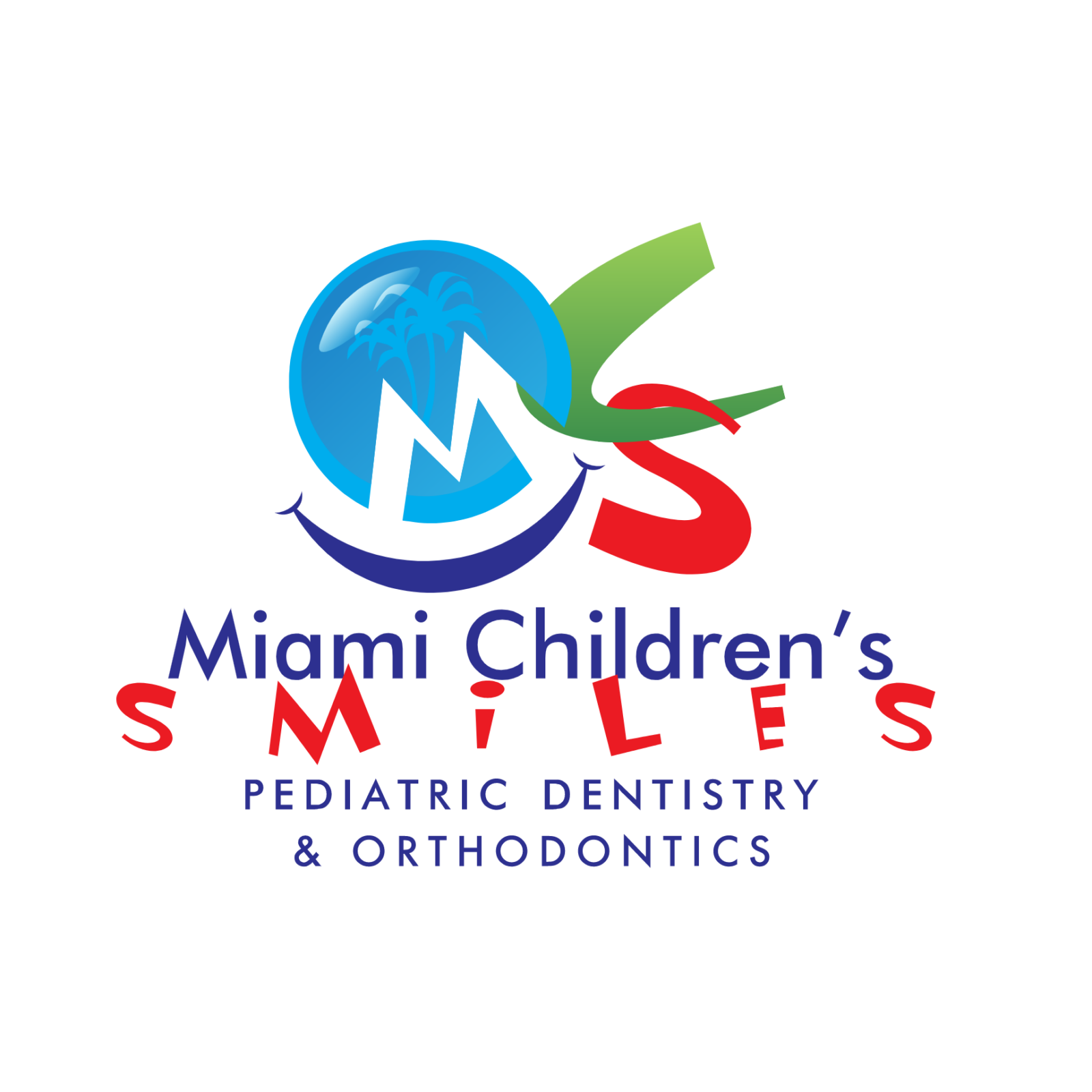Our Process For Handling Pediatric Mixed Dentition
Many children begin an interesting life process where some of their teeth begin to feel loose. Over the next six to seven years of your child’s life, their dentition will include a mixture of baby (deciduous) teeth and permanent teeth and will also include gaps where their baby teeth were previously and haven’t yet completely erupted. As an exciting and even scary time for your child, it’s important that they receive proper dental care to avoid unnecessary pain and discomfort during this process. As pediatric dentists, we’re here to help guide you through this transition period and help further monitor the growth and alignment of your child’s teeth.
How Do Baby Teeth Erupt?
Our teeth begin by developing underneath the gums, where the crown of the tooth forms before the roots. These baby teeth are our primary teeth, and normally children get their first tooth eruptions around six months old. These teeth normally start out as tooth buds but develop the roots over time, forming your child’s first full smile to help transition them to solid foods for proper nutrition. Normally during this stage, the lower front teeth or incisors erupt first, but it can also vary from child to child. Girls tend to get their first teeth faster than boys, and all 20 of these baby teeth often erupt under an average of 12 to 36 months or 1 to 3 years.
Once your child moves beyond this stage, around the age of 6, they’ll begin moving into the mixed dentition stage. This stage consists of the baby teeth erupting and shed, and the permanent adult teeth begin to develop. The mixed dentition stage can be confusing, as this period lasts over the course of the child’s preteen to adult years, and to best explain this stage, we’ll be looking at the ages that these teeth normally develop and what to expect during this period:
- 6-8 Years Old: This beginning stage marks the beginning of the mixed dentition process. During these few years, the central incisors, lateral incisors, and first molars begin to shed and erupt. Throughout this period, your child may experience some tenderness and soreness with their gums, experience loosened teeth, and experience gaps in their smile.
- 9-12 Years Old: During this age group, the lateral incisors, the canine teeth, first premolars, and second molars will also shed and erupt. Tooth eruption during this stage can vary from child to child, as the tooth-eruption process entirely depends on the child’s current dentition and oral health.
- 13-16 Years Old: From this area of dentition, children in between their preteen and teenage years will often experience losing their second premolars and second molars. However, sometimes children around the ages of 12 to 13 may experience losing their primary canines and first premolar teeth to prepare for their permanent teeth.
- 17 to 25 Years Old: As the last stage of the mixed dentition process, the wisdom teeth, or the third molars, will begin to erupt from the gum line. Due to the negative impact these teeth have on tooth alignment and oral health, these teeth are recommended to be removed.
Altogether, your child will transition from 20 primary teeth to 32 permanent adult teeth, giving them a fully-fledged smile that will last a lifetime. If you find yourself unsure of how to best monitor their growth and alignment, our pediatric dentists at Miami Children’s Smiles can help ensure problems are avoided down the road and give your child personalized, professional dental care.






